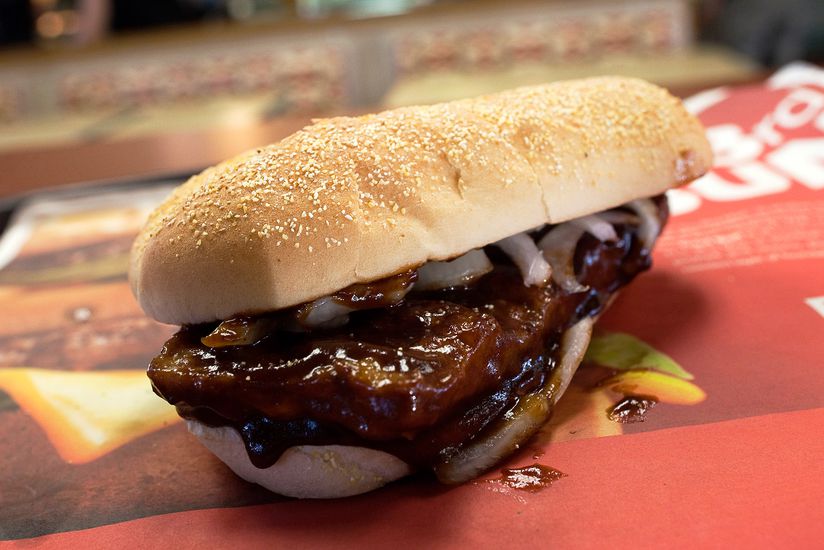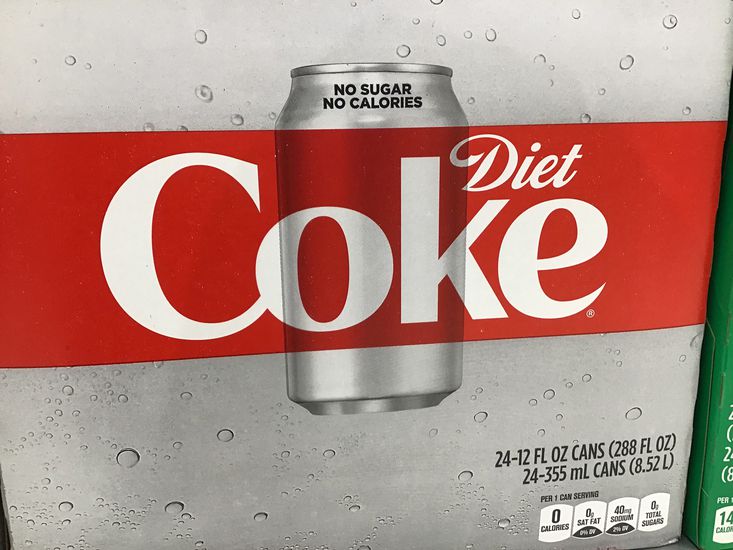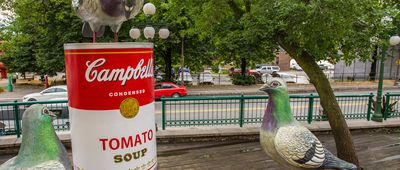When Your Favorite Foods Debuted
Happy birthday, McRib! The polarizing McDonald's sandwich is turning 40 this year, having made its debut as a test item in 1981. As history has shown, the saucy, sloppy seasonal staple has developed a devoted fan base, but it's far from the only food that has become a part of our national appetite. Wondering whether you share a birth year with some of your favorite grub, or maybe a tasty product you miss? Read on to find out.
Related: Can You Guess What Year These Popular Food Brands Made Their Debut?






































































